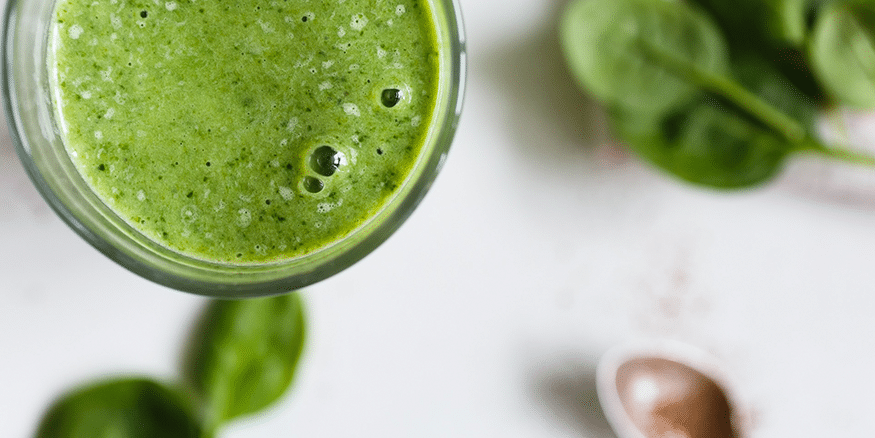
Oxalate Stones
What is Oxalate?
Oxalate is an end product of metabolism and is normally excreted from the body after it is formed. It is derived from dietary sources (e.g. spinach), vitamin C metabolism, and synthesis within the body. Although most of oxalate comes from its formation in the body (50%), 10-15% is derived from the food we eat. People who are susceptible to high absorption of oxalate have an increased risk of developing oxalate stones if they eat large amounts of dietary oxalate.
How are oxalate stones formed?
After oxalate is formed, it normally combines with calcium to be excreted in the stool. When large amounts of unabsorbed fat are available (e.g. from fat malabsorption), calcium preferentially binds to fat instead of oxalate. This leaves oxalate available to be easily reabsorbed by the colon and ends up in the urinary tract. In conditions where fat malabsorption is present, oxalate in the urine is elevated.
Who is susceptible?
Bile salts, which are necessary for fat absorption, are reabsorbed in the distal ileum of the gut. When inadequate amounts of bile salts are reabsorbed (because of resection or disease), a large amount of fat cannot be absorbed. Instead the fat is lost in the stool (steatorrhea). This fat malabsorption may occur in individuals with Crohn’s disease of the distal ileum or in people who have had a surgical ileal resection involving this area. Consultation with your physician is recommended to determine if steatorrhea (or fat loss in the stool) is present. Because the site of excessive oxalate absorption is the colon, oxalate stones are not seen in a person with a colostomy or ileostomy.
How are they diagnosed?
Signs and symptoms include:
- blood in urine
- sharp, severe pain in lower back
- difficulty urinating
- “sand” or “gravel”-like stones if the stones are passed out of the body in the urine
- if larger stones are trapped in the urinary tract, pain may be present, although some people have no symptoms
Diagnosis is usually by:
- Physical examination
- x-ray
Diet Guidelines
NOTE: If your doctor indicates you may be susceptible to oxalate stones, the following guidelines are recommended:
- The following foods should be avoided (contain more than 10 mg oxalate/serving): Beans, (wax, green) nuts, beets, orange peel, blackberries, parsley, blueberries, raspberries, celery, red currants, dried figs, rhubarb, chocolate, spinach, cocoa, strawberries, gooseberries, sweet potatoes, green peppers, swiss chard, lime peel, and tea.
- A low fat diet (less than 50 grams per day) should be followed for individuals with fat loss in their stool.
- Drink 2 ½ to 3 litres of fluid per day, this will lower the concentration of oxalates.
- Avoid excessive supplementation (more than 1-2 grams/day) of vitamin C as oxalate is derived from vitamin C metabolism.
Consult your physician and/or registered dietitian/nutritionist to discuss any nutritional concerns or changes.

